16 April 2025
Running is one of the simplest yet most effective ways to stay fit. Whether you're a casual jogger or a serious marathoner, the shoes you wear can make or break your running experience. The right pair can boost performance, prevent injuries, and keep your feet comfortable over long distances. But with so many brands, styles, and technologies available, how do you choose the perfect pair?
Let's break it down step by step so you can hit the pavement with confidence.
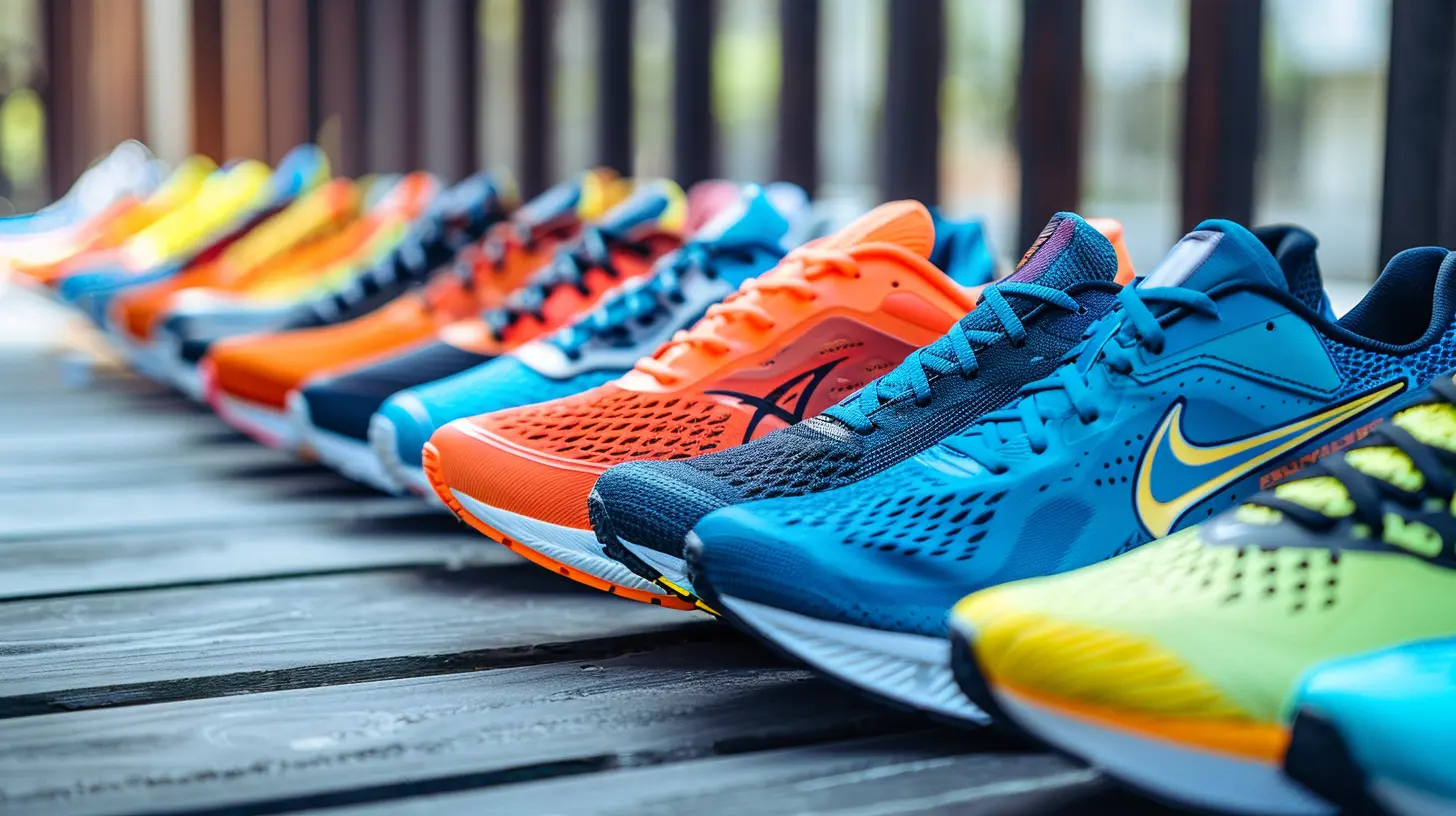
Why Choosing the Right Running Shoes Matters
Think of your running shoes as the foundation of a building. If the foundation is weak, everything crumbles. The same goes for your body—wearing the wrong shoes can lead to blisters, shin splints, knee pain, and even long-term injuries.Not all running shoes are created equal. Factors like arch support, cushioning, fit, and terrain compatibility all play a role in determining which shoes will work best for your feet.
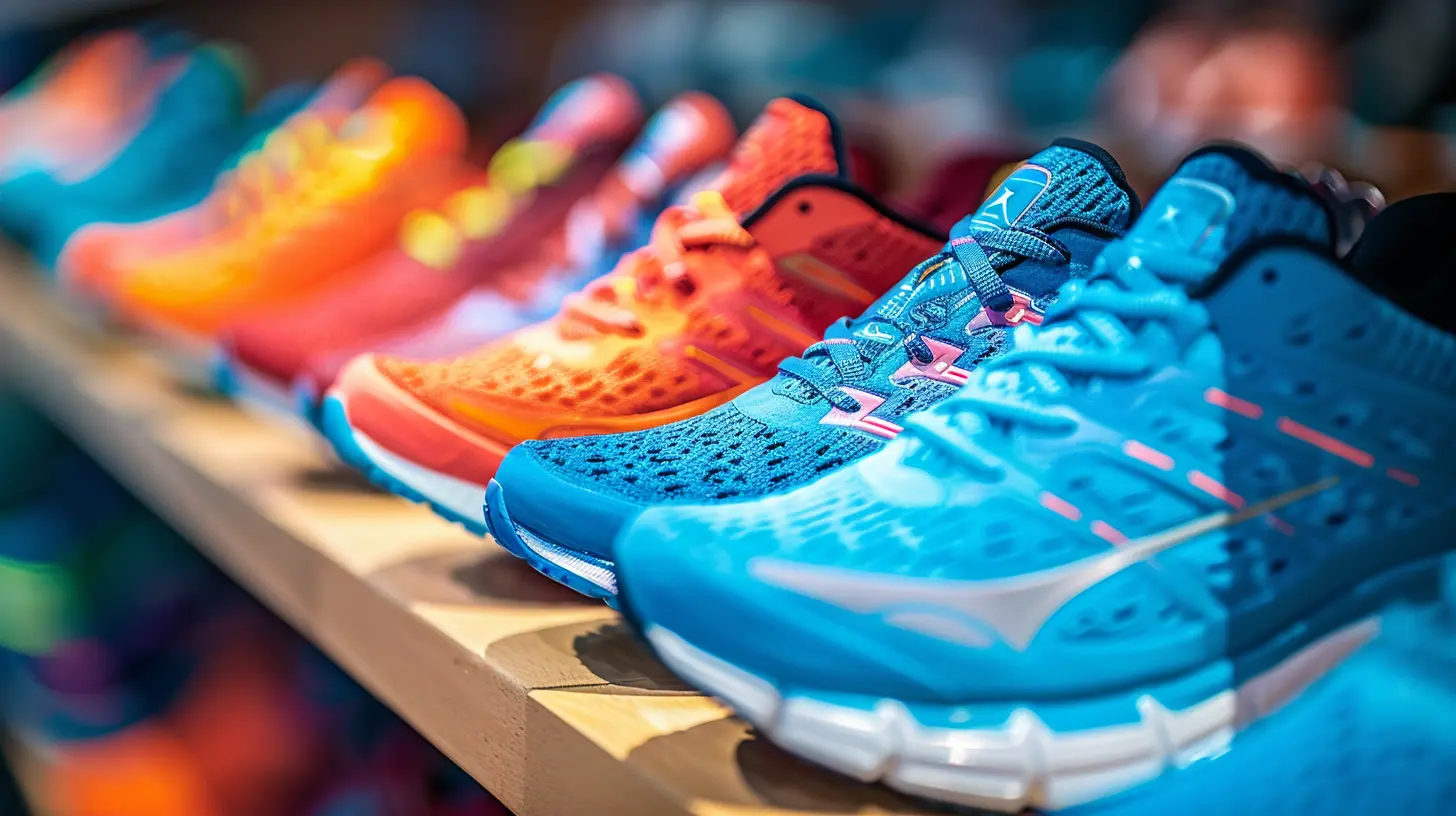
Understanding Your Foot Type
Before you even start shopping, you need to understand your foot type. This significantly impacts the kind of shoe that will provide optimal comfort and performance.1. Neutral Feet
If your foot strikes evenly when you run, you’re lucky! Neutral runners have a balanced stride and need a shoe with moderate cushioning for shock absorption and comfort.2. Overpronation
Do your feet roll inward excessively when you run? Overpronators need stability shoes that provide extra support to prevent the foot from collapsing inward. Without proper support, overpronation can lead to knee pain and other injuries.3. Underpronation (Supination)
Underpronators, or supinators, have the opposite problem—their feet don’t roll inward enough. This can put extra stress on the outer edges of the foot, increasing the risk of injuries like stress fractures. Cushioned shoes with good shock absorption are ideal for supinators.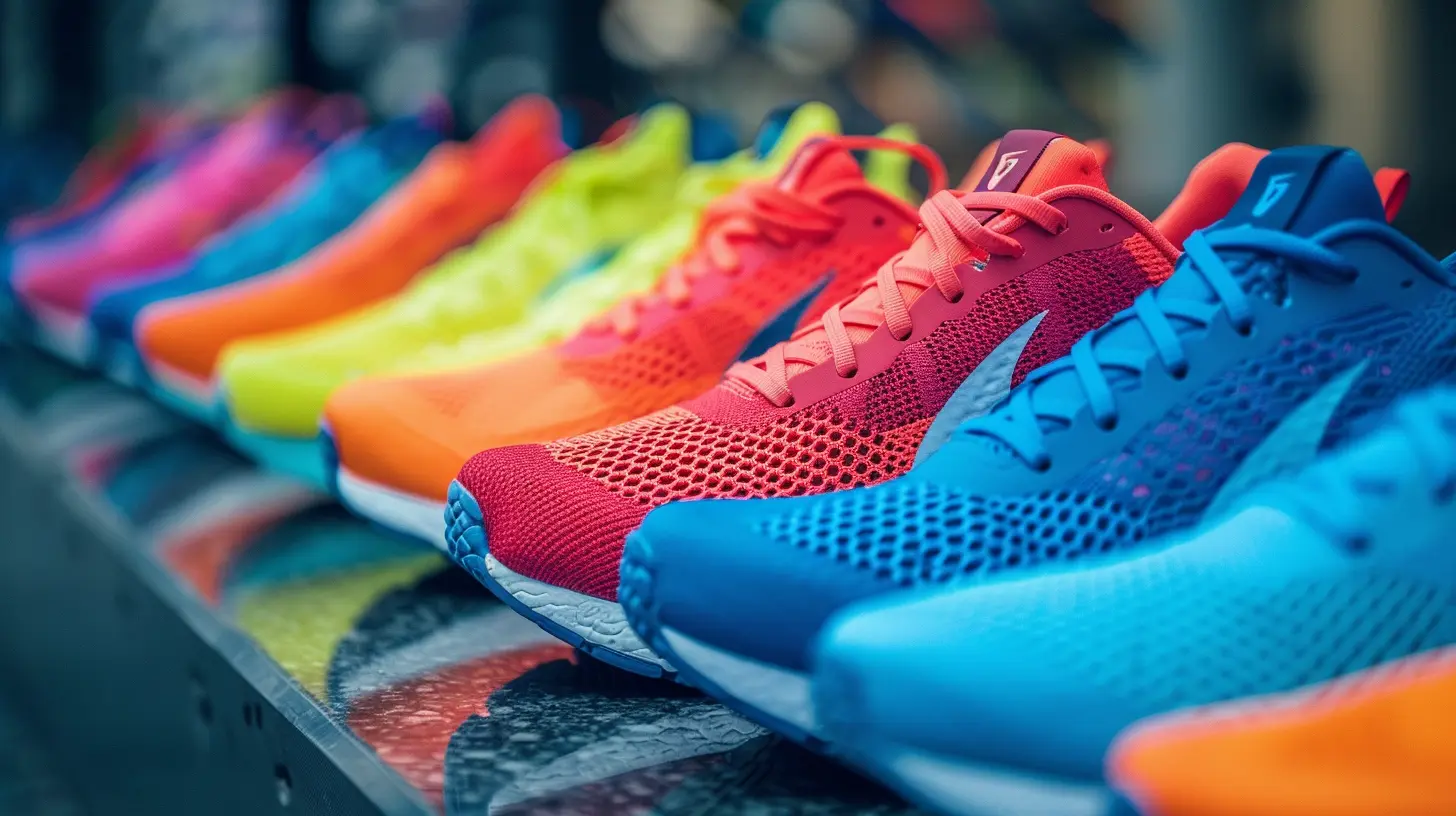
Key Factors to Consider When Buying Running Shoes
Now that you understand your foot type, let’s talk about the key features you should look for while shopping.1. Cushioning and Shock Absorption
Cushioning is like insurance for your joints. Running generates a lot of impact, and a well-cushioned shoe helps absorb shock, reducing stress on your knees, ankles, and hips.Some runners prefer a plush, soft feel, while others like a firmer ride. The amount of cushioning you need depends on your preferences and running style.
2. Arch Support
Your arch type plays a crucial role in selecting a shoe. Flat-footed runners generally need extra support to prevent overpronation, while those with high arches require more cushioning to compensate for the lack of natural shock absorption.3. Heel-to-Toe Drop
This refers to the height difference between the heel and toe of the shoe. Traditional running shoes have a higher drop (8-12mm), while minimalist shoes have little to no drop (0-4mm). A lower drop encourages a more natural running form but may require a transition period if you’re used to traditional shoes.4. Weight of the Shoe
Lighter shoes help with speed and efficiency, making them a great choice for race day. Heavier shoes, on the other hand, tend to offer more stability and durability, which is beneficial for long distances and training.5. Breathability
Your feet generate heat when you run, and without proper ventilation, they can feel like a sauna inside your shoes. Look for shoes made with breathable mesh materials to keep your feet cool and dry.6. Durability and Traction
Where do you run the most? If you stick to roads and pavements, a standard running shoe with a durable rubber outsole is enough. But if you hit the trails, you’ll need a shoe with aggressive tread patterns and extra grip for uneven terrain.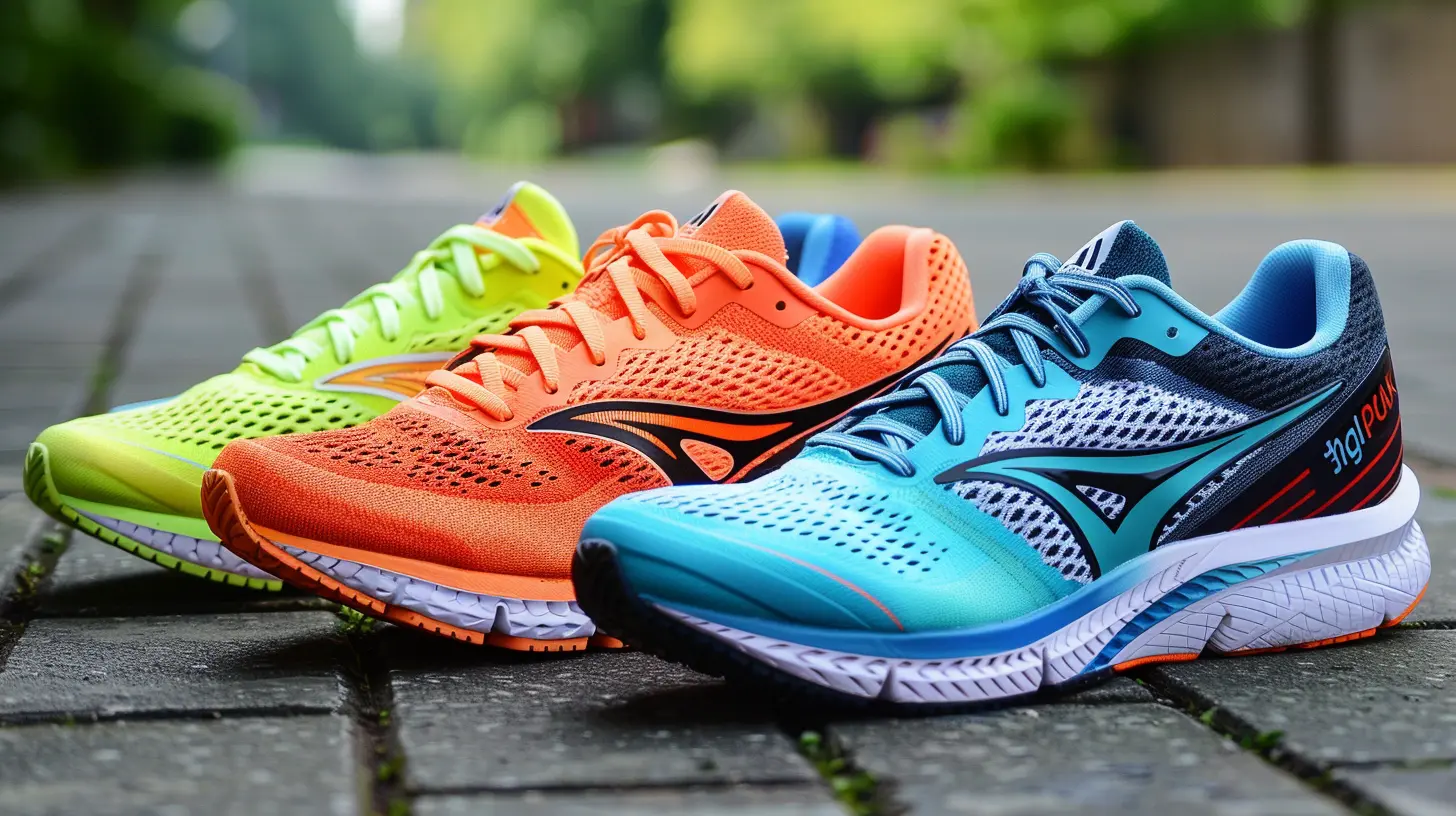
Common Running Shoe Types
Not all running shoes serve the same purpose. Knowing the difference can help you choose wisely.1. Neutral Running Shoes
Best for runners with normal arches or mild underpronation. These offer balanced cushioning and flexibility.2. Stability Running Shoes
Ideal for overpronators who need extra support to correct their stride. They have firmer midsoles and structured cushioning.3. Motion Control Shoes
Designed for severe overpronators, these provide maximum support and control to prevent excessive inward rolling of the foot.4. Minimalist/Barefoot Shoes
These have a very low heel-to-toe drop and minimal cushioning to encourage a more natural running experience. While they can help improve foot strength, they require a transition period to avoid injuries.5. Trail Running Shoes
If you love off-road runs, trail shoes are a must. They offer aggressive grip, protective toe caps, and enhanced durability for rough terrains.How to Find the Perfect Fit
You wouldn’t buy a car without taking it for a test drive, right? The same principle applies to running shoes. Here’s how to ensure the perfect fit:1. Get Professionally Fitted
Visit a specialty running store where experts can analyze your gait and recommend suitable shoes based on your stride.2. Try Shoes in the Evening
Your feet swell throughout the day. Trying on shoes in the evening ensures they fit comfortably even when your feet are at their largest.3. Leave Some Wiggle Room
Your toes need space to move. Aim for about a thumb’s width of space between your longest toe and the front of the shoe.4. Check Heel Fit
Your heel should sit snugly without excessive slipping. Too much movement can lead to blisters.5. Test Them by Running
Walk or run a few steps in the store. A shoe might feel great when standing but uncomfortable when in motion.When to Replace Your Running Shoes
Even the best running shoes don’t last forever. Worn-out shoes lose their cushioning and support, increasing the risk of injuries.Signs It's Time for a New Pair:
- You’ve logged 300-500 miles in them.
- The tread pattern on the outsole is visibly worn.
- You feel new aches or discomfort while running.
- The midsole feels compressed and less responsive.
If your shoes are past their prime, don’t wait—replace them before they start affecting your performance and health!
Final Thoughts
Choosing the right running shoes isn’t just about picking the trendiest pair. It’s about finding the right balance of support, cushioning, and fit to enhance your running experience while keeping injuries at bay.Spend some time understanding your feet, trying out different styles, and investing in a quality pair that meets your needs. Your body will thank you for it!



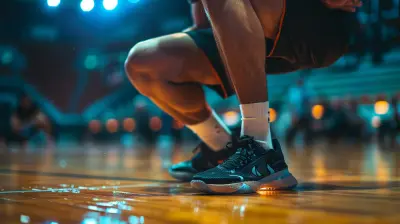
Nathan McVaney
Great article! I appreciate how you highlighted the importance of finding the right fit and cushioning for optimal performance. Each runner's needs are unique, and your tips on considering foot type and running style will surely help many improve their experience. Keep up the fantastic work!
April 18, 2025 at 3:18 AM